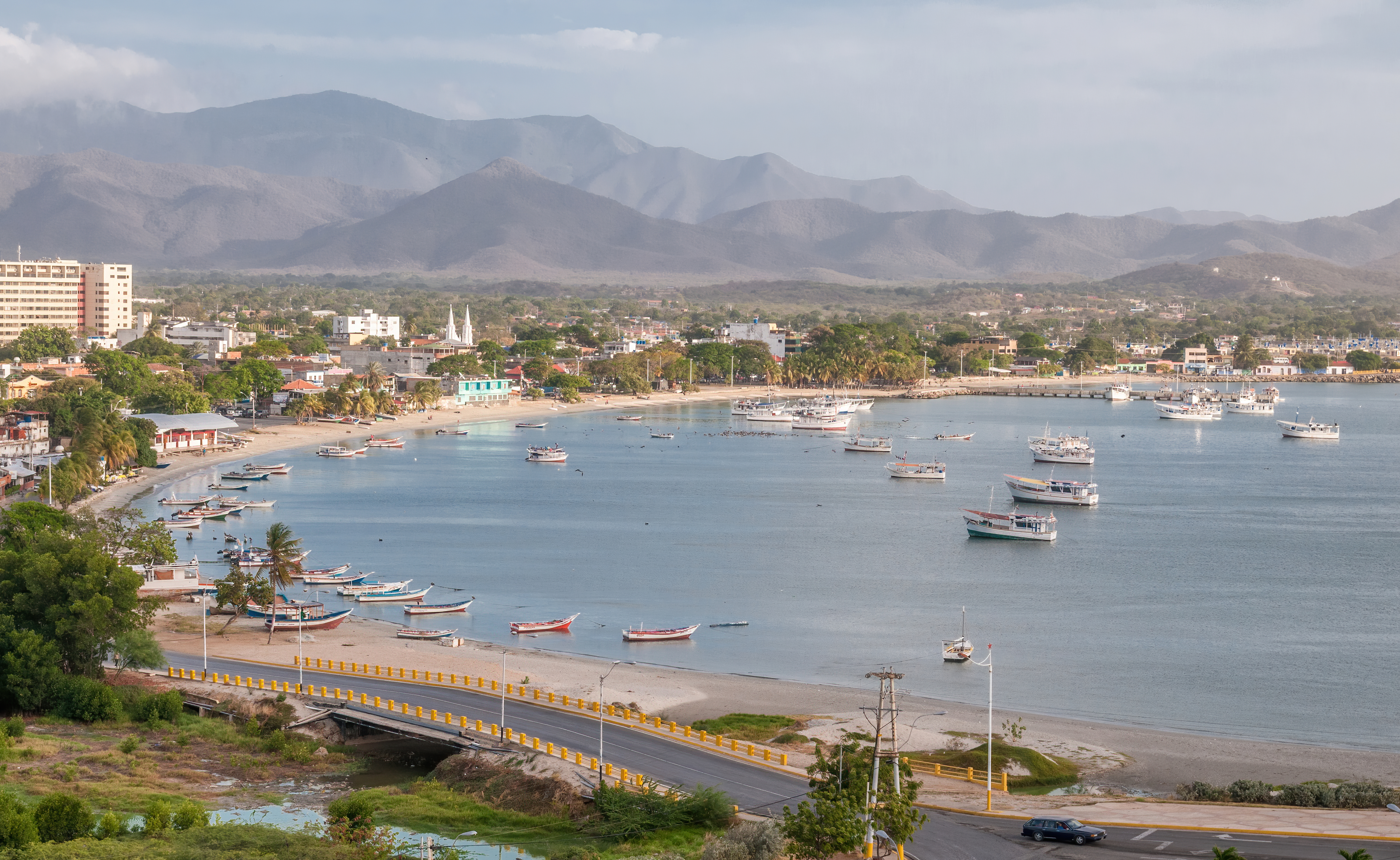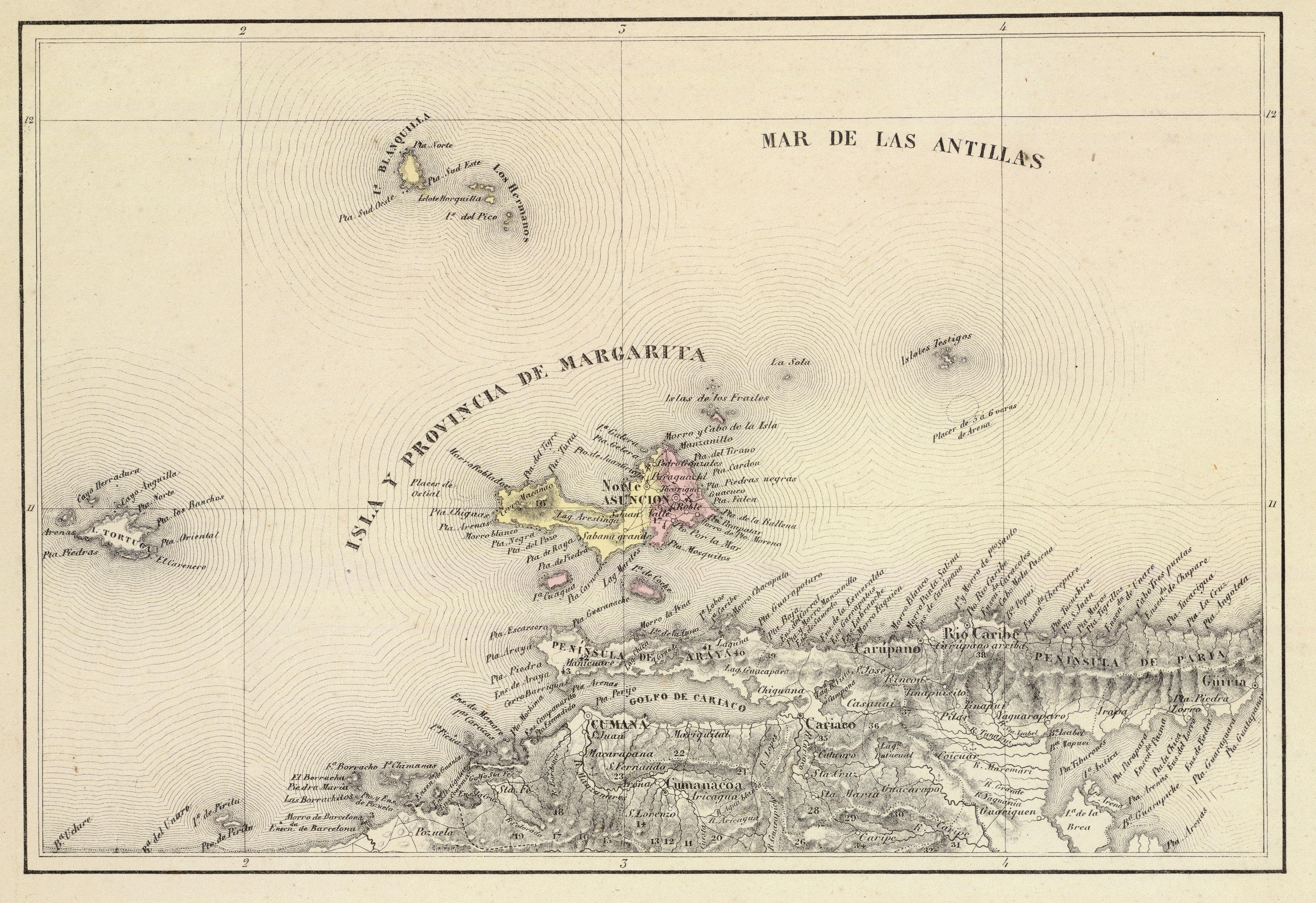|
Playa Caribe
Playa Caribe is a beach situated a few minutes north of Juan Griego Juan Griego is a city on the northern side of Isla Margarita, and is the most northern port in Venezuela. It has a population of 28,256 inhabitants (as per census of 2001) and is capital of the Marcano municipality of the Nueva Esparta state. H ..., at a small bay on the west coast of Isla Margarita. It is a fairly popular beach nearly a mile long (1200 m) with several restaurants and foodstands. Playa Caribe is an exposed beach break with moderate waves. References External links Beaches of Venezuela Margarita Island Geography of Nueva Esparta {{Venezuela-geo-stub ... [...More Info...] [...Related Items...] OR: [Wikipedia] [Google] [Baidu] |
Playa Caribe
Playa Caribe is a beach situated a few minutes north of Juan Griego Juan Griego is a city on the northern side of Isla Margarita, and is the most northern port in Venezuela. It has a population of 28,256 inhabitants (as per census of 2001) and is capital of the Marcano municipality of the Nueva Esparta state. H ..., at a small bay on the west coast of Isla Margarita. It is a fairly popular beach nearly a mile long (1200 m) with several restaurants and foodstands. Playa Caribe is an exposed beach break with moderate waves. References External links Beaches of Venezuela Margarita Island Geography of Nueva Esparta {{Venezuela-geo-stub ... [...More Info...] [...Related Items...] OR: [Wikipedia] [Google] [Baidu] |
Juan Griego
Juan Griego is a city on the northern side of Isla Margarita, and is the most northern port in Venezuela. It has a population of 28,256 inhabitants (as per census of 2001) and is capital of the Marcano municipality of the Nueva Esparta state. History The city is named after Juan the Greek, in Spanish "Juan Griego" who was born in Seville in the early 16th century. He was a navigator who crossed the ocean for the Americas. He started a prosperous business of transporting captive Indians from the island to Santo Domingo. He is mentioned in a census of 1545. After dying, the rest of the inhabitants of the town, probably for being the most prominent citizen of the place, began to call it after its founder. The city began to receive importance in 1811 when, during the Venezuela War of Independence, it became a port and the construction of a battery to protect it military. In 1816, the port was used by Simon Bolivar for returning from Haiti. In 1844, the Parish of San Juan Evangel ... [...More Info...] [...Related Items...] OR: [Wikipedia] [Google] [Baidu] |
Isla Margarita
Margarita Island (, ) is the largest island in the Venezuelan state of Nueva Esparta, situated off the northeastern coast of the country, in the Caribbean Sea. The capital city of Nueva Esparta, La Asunción, is located on the island. History Age of Exploration Christopher Columbus was the first European to arrive on Margarita Island in 1498. The local natives were the Guaiqueries people. The coast of the island was abundant in pearls, which represented almost a third of all New World tribute to the Spanish Crown. Margarita Island was fortified against the increasing threat of pirate attacks, and some fortifications remain today. It was the center of Spanish colonial Margarita Province, established in 1525. In 1561, the island was seized by Lope de Aguirre, a notoriously violent and rebellious conquistador. Around 1675, the island was captured again, this time by Red Legs Greaves, a pirate known for his humanity and morality. He captured a fleet of Spanish ships off por ... [...More Info...] [...Related Items...] OR: [Wikipedia] [Google] [Baidu] |
Beaches Of Venezuela
A beach is a landform alongside a body of water which consists of loose particles. The particles composing a beach are typically made from rock, such as sand, gravel, shingle, pebbles, etc., or biological sources, such as mollusc shells or coralline algae. Sediments settle in different densities and structures, depending on the local wave action and weather, creating different textures, colors and gradients or layers of material. Though some beaches form on inland freshwater locations such as lakes and rivers, most beaches are in coastal areas where wave or current action deposits and reworks sediments. Erosion and changing of beach geologies happens through natural processes, like wave action and extreme weather events. Where wind conditions are correct, beaches can be backed by coastal dunes which offer protection and regeneration for the beach. However, these natural forces have become more extreme due to climate change, permanently altering beaches at very rapid ra ... [...More Info...] [...Related Items...] OR: [Wikipedia] [Google] [Baidu] |
Margarita Island
Margarita Island (, ) is the largest island in the Venezuelan state of Nueva Esparta, situated off the northeastern coast of the country, in the Caribbean Sea. The capital city of Nueva Esparta, La Asunción, is located on the island. History Age of Exploration Christopher Columbus was the first European to arrive on Margarita Island in 1498. The local natives were the Guaiqueries people. The coast of the island was abundant in pearls, which represented almost a third of all New World tribute to the Spanish Crown. Margarita Island was fortified against the increasing threat of pirate attacks, and some fortifications remain today. It was the center of Spanish colonial Margarita Province, established in 1525. In 1561, the island was seized by Lope de Aguirre, a notoriously violent and rebellious conquistador. Around 1675, the island was captured again, this time by Red Legs Greaves, a pirate known for his humanity and morality. He captured a fleet of Spanish ships off por ... [...More Info...] [...Related Items...] OR: [Wikipedia] [Google] [Baidu] |


